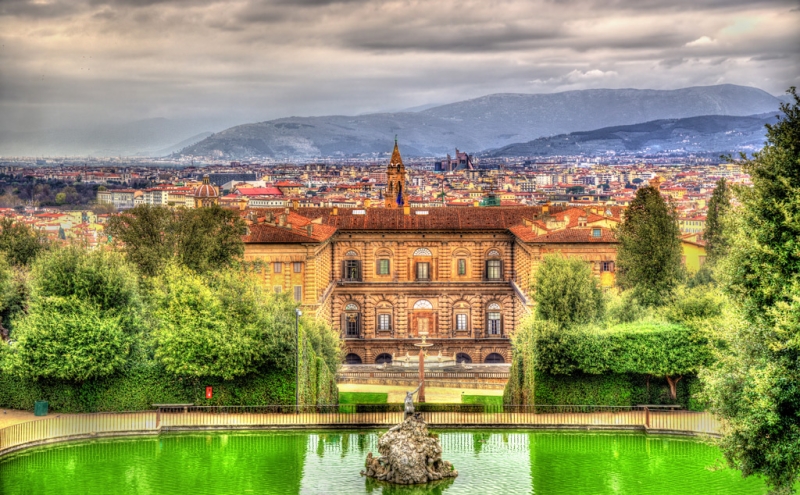
In two months, the premiere of the film “Inferno” will take place – a film adaptation of the sequel to Dan Brown’s popular novels “The Da Vinci Code” and “Angels and Demons”. This time, the brave professor Robert Langdon will travel around Italy, solving the next batch of mystical mysteries. The plot begins in Florence, and one of the most dramatic moments involves the hero’s escape through the Boboli Gardens. Today we will tell you more about this park of the Italian Renaissance era.
I want to go to Florence!
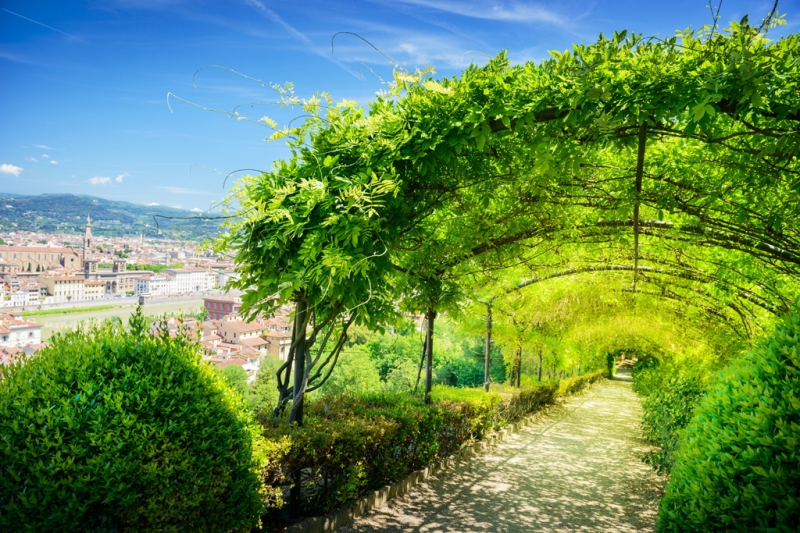
The first mentions of the Boboli Gardens date back to the 16th century. According to historical chronicles, in 1549 the wife of Duke Cosimo I de’ Medici acquired the Pitti Palace from the bankrupt descendants of a once rich family. Behind the palace, she discovered a small hill from which a magnificent view of the surrounding area opened up. The Duke’s wife was so impressed that she immediately decided to build a park here that would highlight the influence and wealth of her family. The then famous sculptor Niccolo Tribolo was invited to create the future masterpiece, but he did not have time to completely complete his work. Later, Bartolomeo Ammanati, Giorgio Vasari and other masters worked on the park.
After the design of the park was completed, the Medici regularly held official receptions and friendly gatherings here, organized performances by theater troupes and the first opera performances performed by the Florentine Camerata. This was the name of the community of poets, philosophers and musicians, formed in 1573 with the goal of comprehending the experience of ancient Greece and embodying it in Italian works.
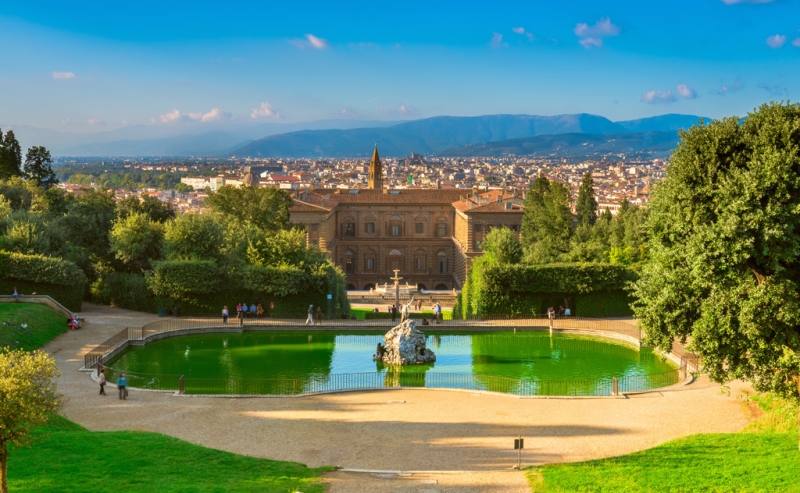
Over the years, the garden area expanded. It reached its current size by the end of the 17th century. And since 1766, the park has been constantly open to visitors. While walking through the Boboli Gardens, you can admire sculptures from antiquity and the Italian Renaissance. Unfortunately, over the years, for the sake of better preservation, more and more original statues are transferred to the museums of Florence (however, exact copies are always installed instead).
It’s not difficult to find your way around the park. Alleys and gravel paths conditionally divide the garden into several “districts”. From the amphitheater, in the central part of which there is an obelisk brought by the Medici family from Egypt, along spreading oaks and cypresses, the main path begins that will lead you to Palazzo Pitti – the residence of the Grand Dukes of Tuscany. Near it is the Neptune Fountain. The Italians nicknamed it the “fork fountain.” It’s all because of the memorable trident that the god of the seas holds in his hands.

In the depths of the garden there is a sculpture of a midget sitting on a turtle shell. From documents preserved in the Medici archives, it is known that the statue depicts a court jester who once lived in the family. Not far from it is the Buonalenti Grotto, consisting of three rooms, which are decorated with frescoes and sculptures. From the inside it resembles a small cave with stalagmites and stalactites. In one of the rooms you can see a copy of Michelangelo’s famous work “Slaves”. There are three more grottoes in the park: “Madama”, created based on the plot of the ancient Greek myth about Amalthea, “Grotto of Moses” and “Grotto of Adam and Eve”, the design of which is based on biblical stories.
At a distance from the Buonalenti Grotto lies the Garden of Jupiter. Here you can relax near a small amphitheater in the shape of a horseshoe, admiring the octagonal Artichoke fountain.
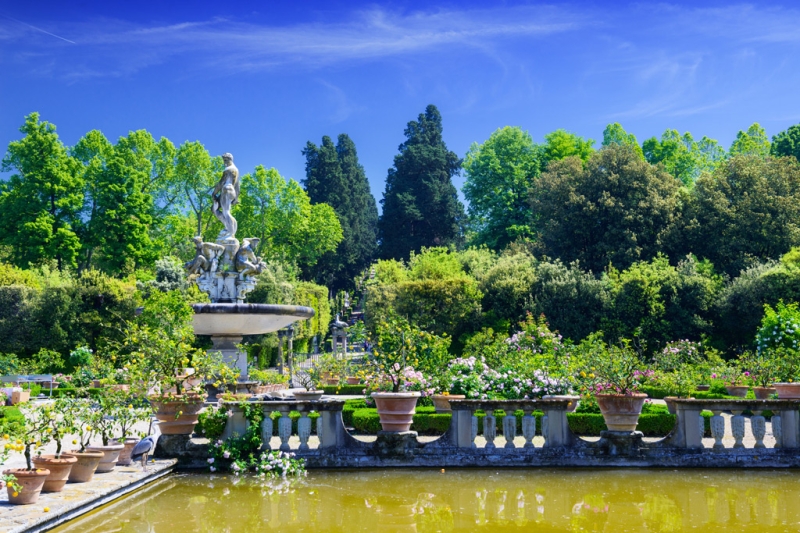
Perhaps the most blooming “sector” of the park is the Cavaliere Garden: peonies grow here at the beginning of spring, and roses bloom in May. Far from the center of the park, the artificial island of Isolotto has been created, where very rare varieties of roses and dwarf citrus trees are grown, and in the north there is an observation deck where visitors can take pictures against the backdrop of the famous Florentine roofs. From here you can see the so-called Coffee House, built back in the 18th century. Once upon a time, local nobles, sitting on its terrace, enjoyed the fragrance of flowers, drank coffee and had small talk.
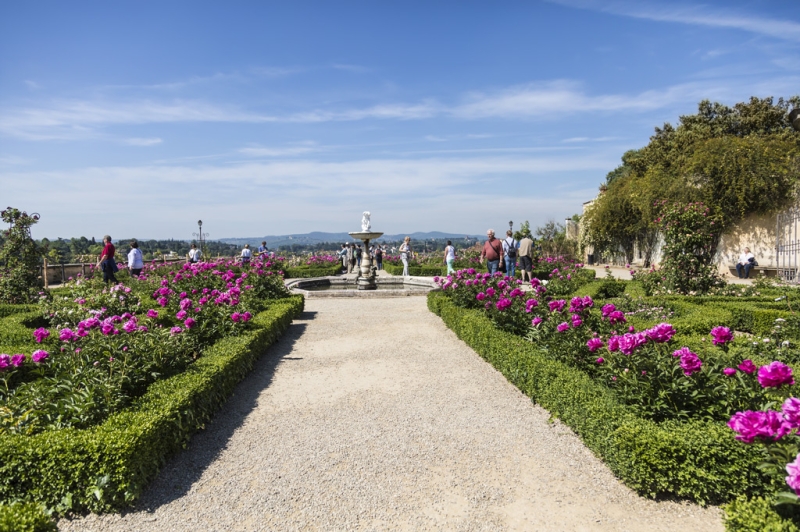
To see the Boboli Gardens with your own eyes, you need to get to the historical center of Florence. You can fly from Russian cities to the capital of Tuscany with a transfer at one of the European airports. Travel time usually takes from 6 to 12 hours. If you are planning to visit Milan, Venice, Rome, Bologna or Pisa first, you should take the high speed train, which will take you to Florence in less than 2 hours.

The park is open daily, and opening hours vary depending on the time of year:
- November-February: from 8:15 to 16:30;
- March: from 8:15 to 17:30;
- April-May: from 8:15 to 18:30;
- June-August: from 8:15 to 19:30;
- September-October: from 8:15 to 18:30;
- October (after switching to winter time): from 8:15 to 17:30.
Visiting the Buonaleti Grotto is possible only at certain hours and only when accompanied by park employees.
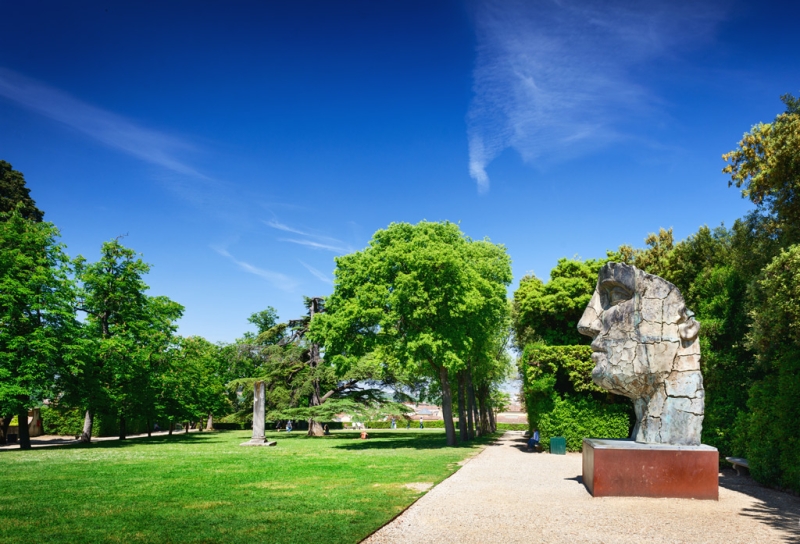
There is an entrance fee to the Boboli Gardens. The ticket costs 10 euros (720 rubles). It should be remembered that with park tickets you can sometimes visit various temporary exhibitions in the Pitti Palace. And lastly, the sale of drinks and food is prohibited in the park, so you should take care of light snacks and a blanket in advance so that you can have a picnic in this beautiful place.
You remember that it’s best to buy travel in a “package”

Author: Roskin Mikhail
You may be interested in:
In search of the sweet life: Portofino and San Fruttuoso
15 most photogenic attractions in Tuscany
Italian cities that tourists have not yet discovered
Alluring Siena

